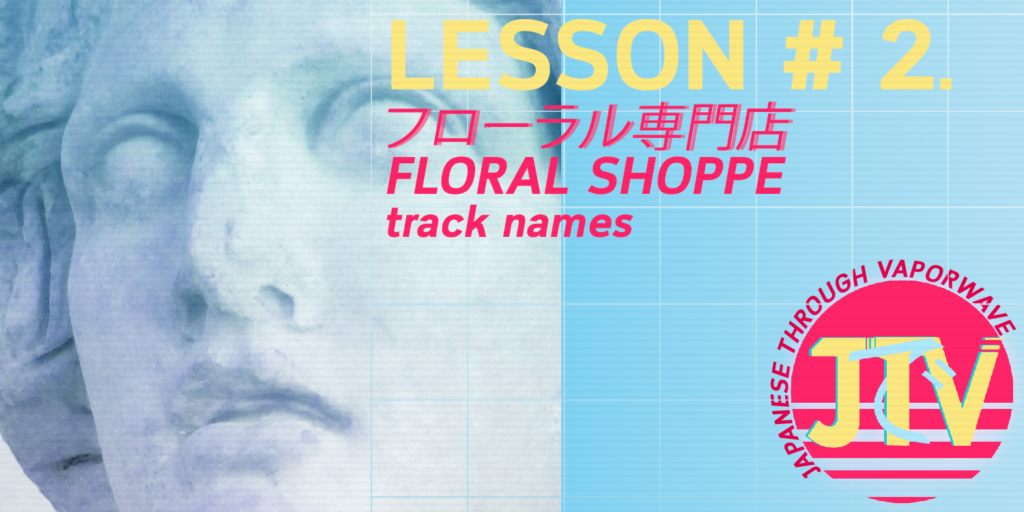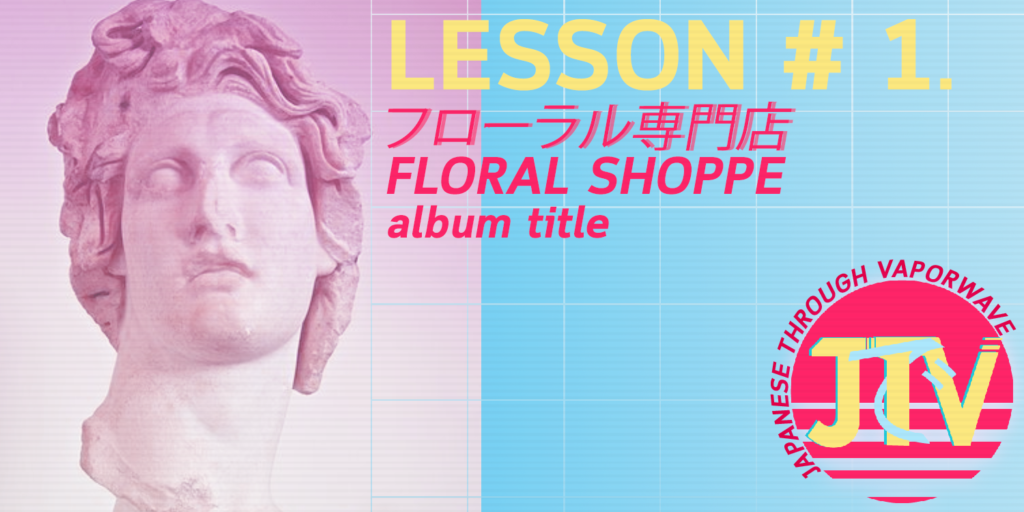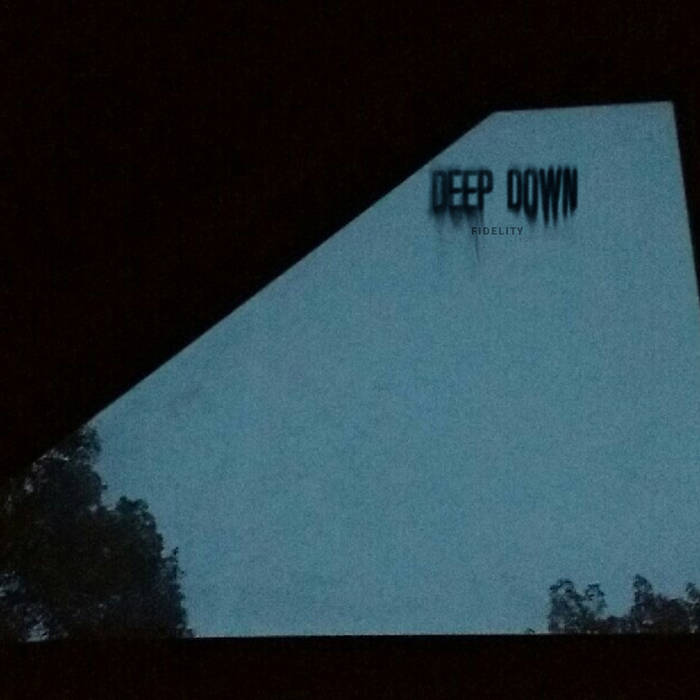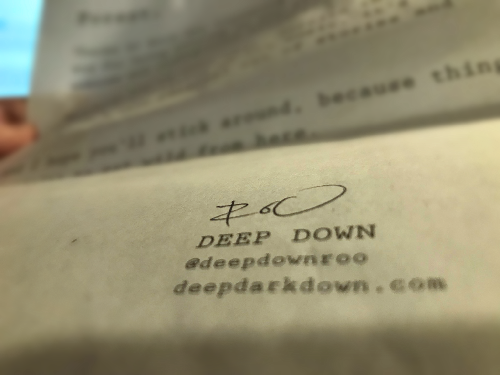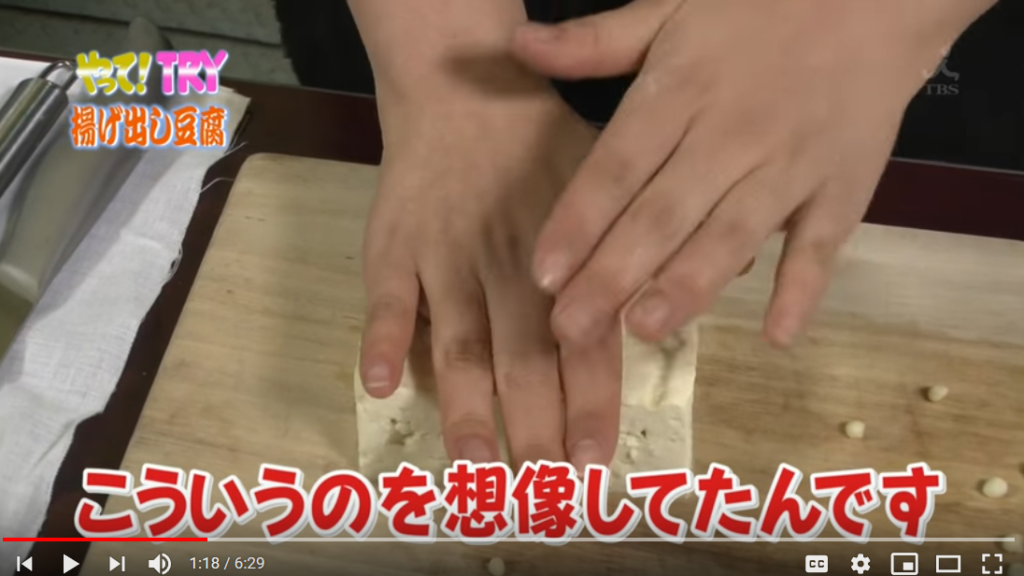The Wisdom of King Solomon: A Collection of Slippery Verses
Forest Muran
1
Who shall find a flower, and forget the whole world in its fragrant groves? Who shall smell the sweet scent of perfection which blooms forth from the ideal lotus, that explosion of focused awareness? Who will experience that explosion of pure sense which follows the consumption of a salmon pearl, and will wrap themselves up within the wondrous wisdom of King Solomon? Who will merge magic with the material, mix spirit with sulphur, and season the salamander with salt? Whosoever does this, I will call wise.
2
The moment is a blade which cuts through time; it cuts through the illusion of time.
The sharp petals of the material bloom go boom boom and break down the plaster wall, in no time at all.
3
The moment is a blade which cuts through water; it cuts through the illusion of water.
The sharp petals of the material bloom go boom boom and break down the liquidy wall. What never was can never fall. There was never any time at all.
4
All the kin of Adam and Even are sick. They were made to ail by that infected apple of the timeless realm. But the gates of good Eden extend even to the ends of this earth, and the bacteria of fruit have their own lofty religion within which they worship consumption so that their beautiful truths might be spread, disseminating into the minds of man. Consequently, leaving man for dead, the devout bacteria build new churches for their microbial souls. If true, then Adam’s cough is the very prayer of the cosmos. The King of death has certainly studied medicine.
5
A word from Adam. “Verily, verily O creator, bounteous and benign, thy Will hath brought upon me a sufficiency of happiness and a tolerability of spirit. Yet besides, O bounteous God, I have still an odious grumble which works upon me, across these dark, celestial nights. Wherefore hast Thou created within us a pleasure for divine transgression? Understandeth me well, Lord, I grumble not for the wonders of Thy creation, which are fine, but nevertheless I still find it strange that I should feel such lightness in heart when, for example, Eve sayeth something so stupid and I seize upon the opportunity to mock her ignorance, say when she confuseth Thy creation dubbed Pig with Thy creation dubbed Bee. Verily, at Eve I do laugh, and at Eve I do kick, and therebye derive great joy. But even so, Gabriel scoldeth me, and sayeth ‘Adam, ’tis cruel to kick at Eve, even when she remembereth not the names of Creation.’ Why thus, O Lord my God, do I find such pleasure in these things? Why hast Thy Will commanded I feel pleasure in these cruel jokes and destructive jests? Why must I laugh at the dumb and blind alike?”
6
The wise man wears his heart on his sleeve, and is aware when the wares of awakening are awaiting him within the awesome answers of the awkward Lord. Be gentle with the Lord, your God, who gave you life! For the bounteous Lord is bashful, like a modest demoiselle. Verily, when thou knock, the Lord hideth.
7
The fool, however, wears his brain on his pants, and is only aware of his body when he feels the creeping, prodding legs of black ants. Worried about insects infecting his sensitive areas, the fool continually keeps his downward vigil, never to look to heaven. This woeful fool is forever ignorant of the Dharma, which is the law of men (and women) and ants alike, and forgets that ants, when awakened to the song of the universe, will naturally know which areas on a man are a no-go.
8
The rose of the sensuous world has its stem firmly planted in the spirit. The flower spreads its roots into the depths of the earth so as to suck at the spiritual nourishment of the earth. Thereby its material being is manifest. Like the trees of the forest, though man may emerge as singular in body, the roots of the spirit will always unite on a more subtle plane of existence, and thereby man transcends death.
9
And woman can transcend death as well, but only if she wants to.
10
And if you don’t think death can be transcended, that’s OK too. Far better to embody the salamander, and not fear the flames of an afterlife. Eve once saw Adam fall from a tree (not the famous one), and she laughed late into the evening. Later, she would always remind Adam of it. “You looked so dumb, that time you fell from the tree, with your arms flailing about like a mole (she meant monkey)! Truly, was that not what we could call the original fall of man?”
11
Solomon’s demon friend slash slave slash lover Asmodeus once summoned a horrific freak of creation, an odious two-headed man lifted straight from the depths of hell. Wow, when Solomon saw that, he placed his holy hands together and prayed, “thanks Lord, Thou maketh me feel glad to be in such a better state than this wretched, monstrous creature.” Asmodeus expected congratulations, or at least a pat on the head, but the King spurned him, disgusted by this diabolical demonstration. “Thou hast displeased me,” said King Solomon to his obsequious demon. “I care not for a man with two heads. Bring me a bottle with two mouths! Bring me a horse with four legs! Bring me a woman with eight lips! I have no use for a man with two heads, and a fairly unattractive one at that.” With that, the man with two heads bowed both of them down in deep despair, and presently departed from the castle. He later found a fulfilling job as a scribe, married a strong, competent woman, and fathered a handful of healthy, normal children. Only one of them had two heads, and this child was considered to be the most vexing of them all. That was the last time the demon Asmodeus tried anything like that.
12
Let not a man be distracted by that which has no use to him, as the bee avoids the superfluous flowers of the field which cannot be used for producing their honey. For the dirt may be useful to such creatures as worms and beetles, but what helps the bee produce its sweet goods lies closer to the heavens.
13
Let not a man born of illness believe that he is destined for illness, as the sobbing lily who reluctantly oozes from a sickly, trypic pod, only to later be reborn as the peaceful flower of the amphibian’s kingdom. The ways of divine beauty are a mystery to all, and the destination of all beings remains uncertain. The awakening seed cannot yet be seen through the heavy dirt which surrounds it.
14
That said, just because the future is uncertain, that doesn’t mean it’s going to get any better.
15
It doesn’t mean it’s going to get any worse, either. Only the rose knows. And the nose knows, too. Follow the scent of the salamander!
16
Let a man not assume what is good for his master, like the doctor who attempts to assuage syphilis with mercury. Tradition may have its own cures and remedies, but rarely did quicksilver, nor quick reactions, ever help heal a worldly woe.
17
Pray that someday a poem might give you peace. And if your parents don’t let you pray, just say “I wish that someday a poem might give me peace.”
18
King Solomon was once visited by G-d in a dream. In this dream, Solomon was told that he could have any wish he wanted. For a long time, Solomon considered his options (though this was of course dream-time, where time is illusory). King Solomon could have wished for a reversal of climate catastrophe, calling all the ancient kingdoms to a green initiative to recycle cow hyde and corn husks. He could have wished for the liberation of women from their woeful domestic duties, giving them the time and privilege to pursue the higher pleasures of mitzvot. He could have wished for freedom from the oppressive bourgeois religion that ravaged the kingdom, but considering who he was speaking with, Solomon avoided mentioning it. Instead, King Solomon decided upon a simple wish: For wisdom. “A fair wish,” said G-d. “But would you not perhaps prefer something more interesting? Say, superintelligence, or the ability to walk through fire?” King Solomon stroked his sagely beard. “That does sound quite tempting.” “Well, it’s too late now,” said G-d. “You made your wish. Now you will need to stomach wisdom.” Just as he was about to get pissed, King Solomon felt a flash of illumination, and he experienced his entire being quivering with Buddhahood. “OK,” he said. “Everything is OK.” A moment later, King Solomon slowly opened his liquid eyes to reveal the familiar palace chamber. As he let in the morning light, a sparkling feeling of peace spread from his heart to his whole body. He rolled his naked flesh over in bed, and gazed into the eyes of his 700 wives, showing them each his new, sublime smile. “Well, don’t you look wise today,” said one of the 700 wives. Solomon nodded his head. “I just had the most wonderful dream.” One of King Solomon’s wives started complaining about how she couldn’t get any sleep with the King’s constant snoring throughout the night. The King just laughed. “My snore is the very prayer of G-d!” With that, he never felt upset at anything again. And if he did, he knew that whatever problem he faced would not last. Like an evanescent dream in the night, all experiences shall soon pass into the great, grey shade of dim memory, and then eventually fall into deep, dark nothingness.
19
And as the years went by, King Solomon witnessed the beauty of his favourite concubines, with names like Rita and Ruth and Rosie, pass into that state non-being, as their smooth faces melted into a mesh of rubbery flesh, as withering flowers lose their once pleasing pigments. Even in the mirror, the powerful King saw his own strong muscles sag, and his noble features, once compared to the primordial majesty of Adam, now grown old and bloated. Truly, King Solomon was wise to place his faith not in things such as the taste of potato latkes or the face of a well-formed woman, but into the glory of G-d. In any case, it didn’t really take that much faith, since King Solomon had actually encountered G-d directly in a dream. When you experience the divine directly, spiritual life becomes a cinch.
20
Mere salamander traps, these fleeting dreams under the summer moon. Before you can catch them, the slippery creatures will surely slide between your fingers, and slime their way across the sticky ground back into their muddy, murky retreat. They love living in ponds and swamps, where they can search for beetles, bees, and roses to eat. If only all people could see the sacred dreams which Solomon saw, then that slippery salamander could finally be captured, and the flames of perplexing passions extinguished with the help of that aquatic friend. Surely, the slithering salamander, with its texture of quicksilver, could slide from Solomon’s deep sleep into our own, blessing us with a vision of sacred veracity. The person who knows the sacred salamander, and feeds its eager mouth the fragrant rose – whosoever does this, I will call wise.
Back to the Writing Page

